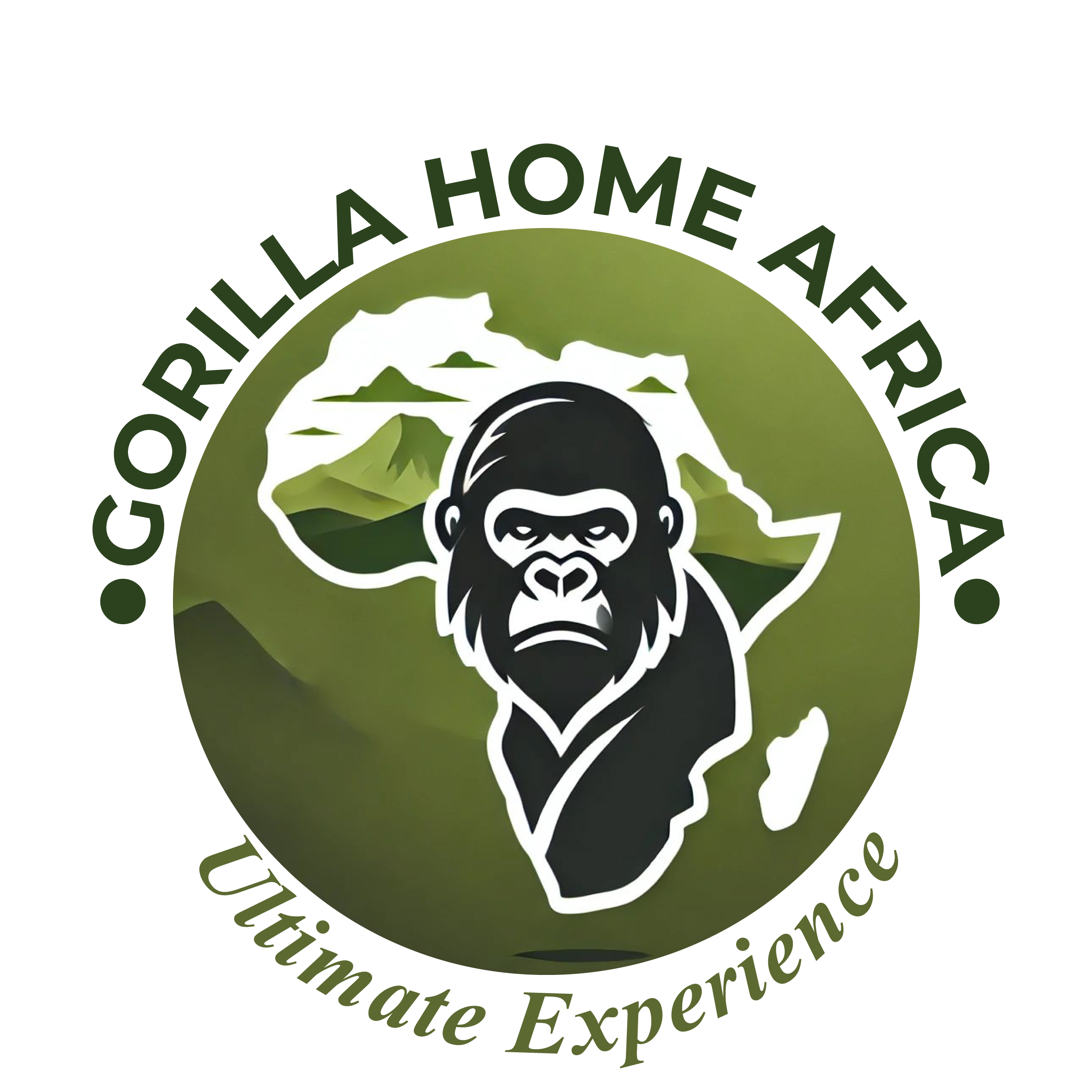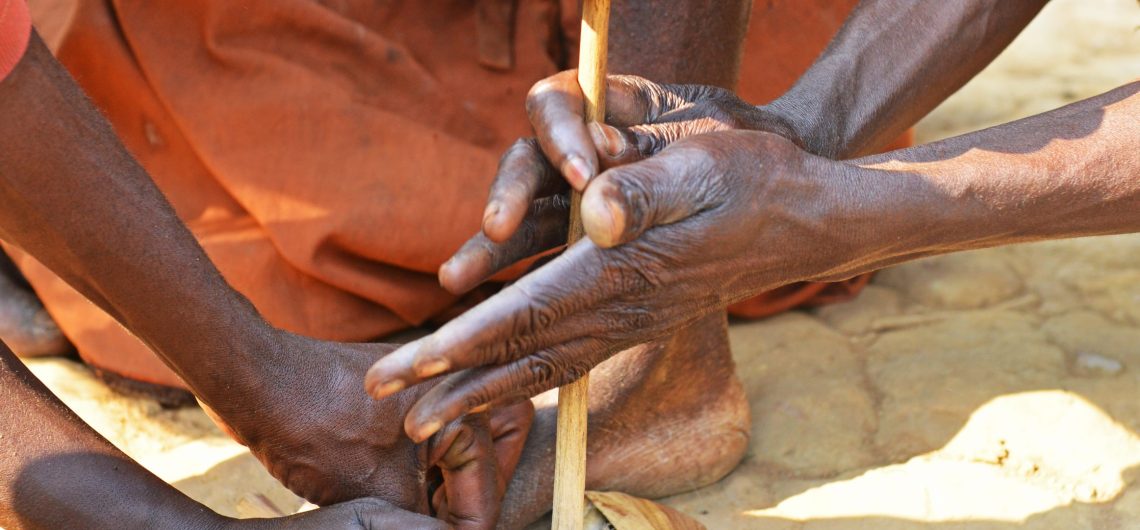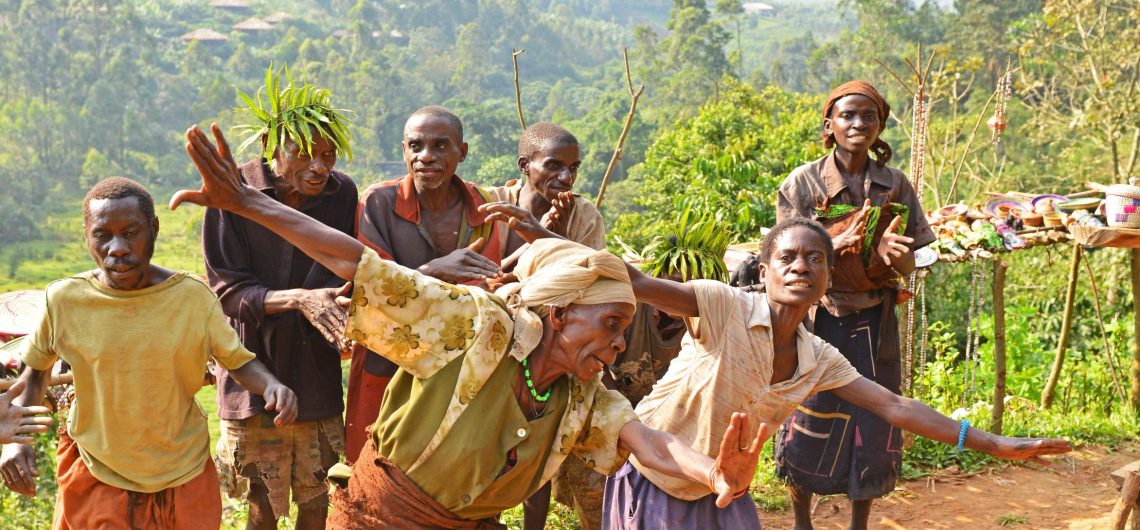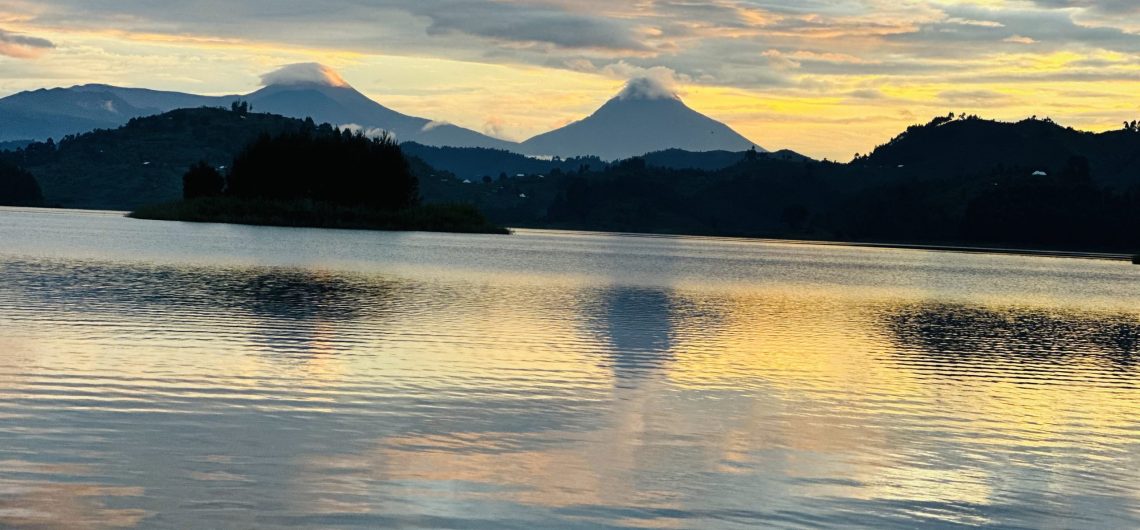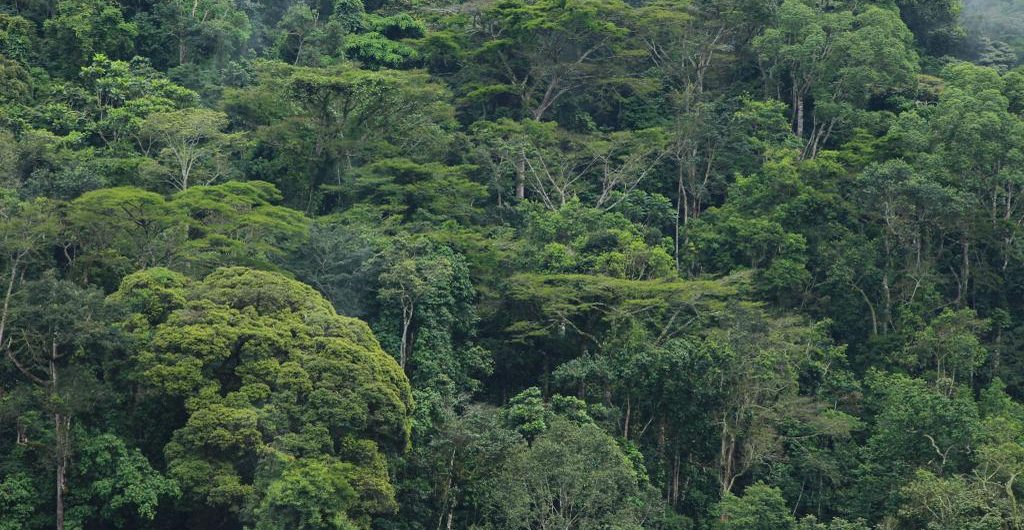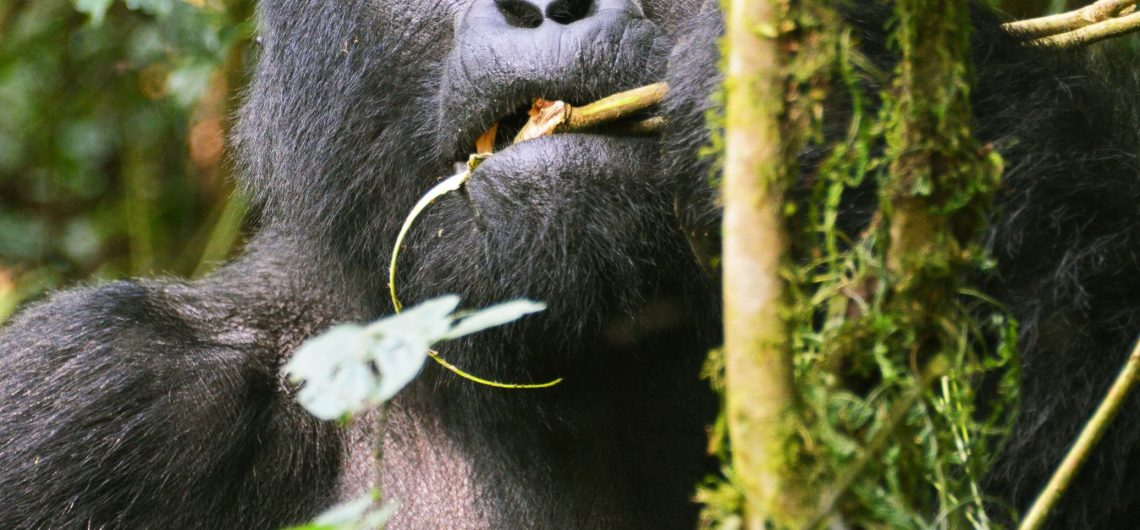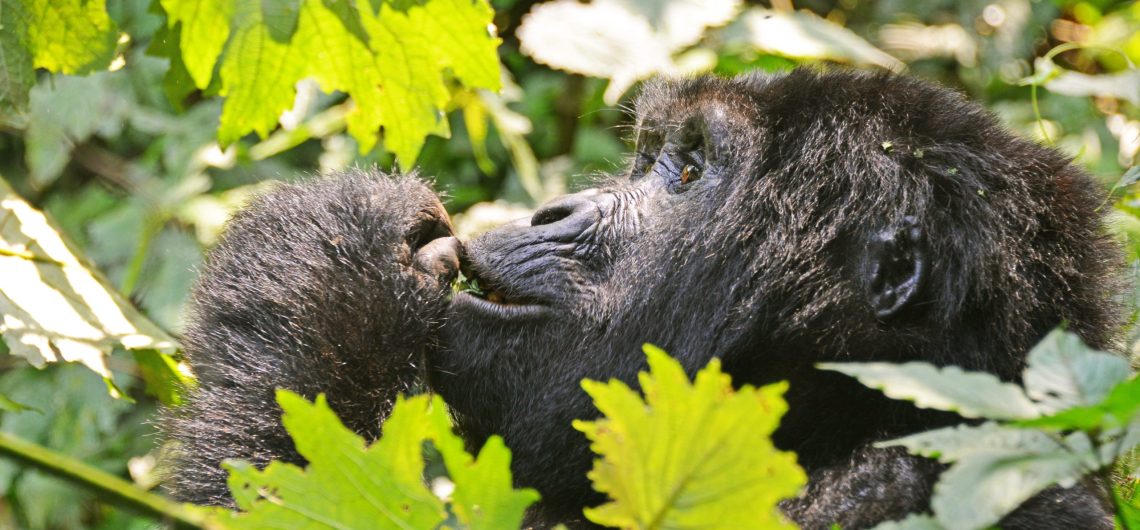Bwindi Impenetrable NP Do you think of Bwindi Impenetrable National Park when you think of any Gorilla Safari in Africa? One of the oldest and most famous national parks in the Republic of Uganda is Bwindi Impenetrable National Park. for several decades now, its name has appeared on top of many bucket lists, safari itineraries and more because of the its lush tropical forest cover and its permanent residents, the critically endangered Mountain Gorillas, largest primate species in the world that can only be found on the African Continent. Bwindi is among the most popular tourist attractions in Uganda. Uganda is a wonderful country! Tanzania, South Sudan, Rwanda, Kenya, and the Democratic Republic of Congo surround this country in East Africa. Despite being a landlocked country, it stands out for its pleasant climate, hospitable residents, unique geography, variety of fauna and spectacular landscapes. Winston Churchill, a well-known wartime prime minister, traveled around Africa; he stopped in Uganda and was amazed by how beautiful it was. He referred to it as "The Pearl of Africa" in his book "My African Journey." Murchison Falls National Park, Mgahinga Gorilla National Park, the Magical Kidepo Valley National Park, Mount Elgon National Park, Queen Elizabeth National Park, Lake Mburo National Park, Mountain Rwenzori National Park, Semiliki National Park, and Kibale National Park are the other nine national parks in Uganda. Bwindi national park has four regions from which pre-trek briefing is held at day break. It is advised to reserve accommodations in the area where you will go gorilla trekking in order to manage the early morning wake up call. Uganda Wildlife Authority manages Bwindi Impenetrable Forest National Park and other national parks around the country. Bwindi Impenetrable National Park is situated in Kanungu, Kisoro and Rubanda districts, at the farthest south-western corner of Uganda
Bwindi Impenetrable NP
Do you think of Bwindi Impenetrable National Park when you think of any Gorilla Safari in Africa? One of the oldest and most famous national parks in the Republic of Uganda is Bwindi Impenetrable National Park. for several decades now, its name has appeared on top of many bucket lists, safari itineraries and more because of the its lush tropical forest cover and its permanent residents, the critically endangered Mountain Gorillas, largest primate species in the world that can only be found on the African Continent.
Bwindi is among the most popular tourist attractions in Uganda. Uganda is a wonderful country! Tanzania, South Sudan, Rwanda, Kenya, and the Democratic Republic of Congo surround this country in East Africa. Despite being a landlocked country, it stands out for its pleasant climate, hospitable residents, unique geography, variety of fauna and spectacular landscapes. Winston Churchill, a well-known wartime prime minister, traveled around Africa; he stopped in Uganda and was amazed by how beautiful it was. He referred to it as “The Pearl of Africa” in his book “My African Journey.”
Murchison Falls National Park, Mgahinga Gorilla National Park, the Magical Kidepo Valley National Park, Mount Elgon National Park, Queen Elizabeth National Park, Lake Mburo National Park, Mountain Rwenzori National Park, Semiliki National Park, and Kibale National Park are the other nine national parks in Uganda.
Bwindi national park has four regions from which pre-trek briefing is held at day break. It is advised to reserve accommodations in the area where you will go gorilla trekking in order to manage the early morning wake up call. Uganda Wildlife Authority manages Bwindi Impenetrable Forest National Park and other national parks around the country.
Bwindi Impenetrable National Park is situated in Kanungu, Kisoro and Rubanda districts, at the farthest south-western corner of Uganda on the western border of Albertine Rift. The Virunga chain of mountains, spanning Uganda, Rwanda, and Democratic Republic of Congo is located about 25 kilometers south of the park. It ascends from a height of 1,160 meters to 2,607 meters. Over 160 different tree species and more than 100 different fern species are typical of it. The Runyakitara word Mubwindi, which means the “location full of darkness,” and this is the source of its name, Bwindi. It is because of the area’s luxuriant tropical forest, fern cover and swamps, to name a few.
Bwindi Impenetrable National Park was established as a national park in 1991, and four years later, in 1994, it was inscribed on the UNESCO World Heritage List. Its significance to ecology was the reason for this. Because of its distinctive offerings, the critically endangered mountain gorillas, largest primate species in the world, it has developed into one of Uganda’s top safari destinations over time.
The world’s highest population of mountain gorillas reside there in safety. However, the white and black colobus monkey population is equally astounding, along with other primates like baboons, chimpanzees, giant forest hogs, mammals, butterflies and more.
Gorilla Trekking Sectors / Regions in Bwindi Impenetrable National Park.
Bwindi national park is split into four sectors, namely; –
- Buhoma Sector
The oldest and busiest region is Buhoma. It is close to the Kihihi airstrip and situated in the park’s northern region. There are five gorilla groups in this area: the Rushegura group, Katwe, Mubare, Muyambi and Habinyanja families. Due to the less steep terrain, gorilla trekking in this area is possible for both young and old.
- Rushaga region
The Rushaga sector is situated in Kisoro district at the southern tip of Bwindi Impenetrable National Park. The biggest concentration of gorilla families is found there, and visitors that choose to stay there frequently savor the gorgeous surroundings and far views of the Virunga Mountains.
Habituated gorilla families in this sector are Mishaya, Kahungye, Nshongi, Bweza, Mucunguzi, Rwigi, Bikingi and Busingye gorilla groups. Hiking in this area necessitates a little greater physical fitness.
- Ruhija Sector
Scientific researchers prefer this sector since it is easy to access of all other regions and is to the east of the park. It is simple to travel there from Buhoma or Kabale town. Great views of the forest ridges, distant Virunga mountains, and more may be enjoyed while staying in this region of the park. In Ruhija, there is a chance to see forest elephants, mammals, and numerous monkey species.
- Nkuringo Sector
Nkuringo sector is located near the border with Democratic Republic of Congo in the park’s southern region. The renowned silverback – Rafiki lived here before dying suddenly in the hands of poachers in June 2020.
Bushaho family, Christmas Gorilla family, Nkuringo Family, and Posho gorilla family are the 4 habituated gorilla families in Nkuringo sector.
Activities in Bwindi Impenetrable National Park.
Gorilla trekking.
The primary activity here is going on a gorilla trek. It is conducted in four areas under the guidance of a knowledgeable ranger guide who will walk with you while narrating the history of Bwindi Forest, the homes of critically endangered mountain gorillas.
About 1 to 8 hours are spent trekking, plus an additional hour when you meet them, for photography and information.
Gorilla trekking permit costs 700 USD for non-residents, 250,000 UGX for citizens of east Africa and 600 USD for residents. The fee includes park entrance and the payment to ranger guides only.
Bird viewing, cultural tours, guided nature walks, and more are other activities. The Batwa pygmies, who were once hunters and gatherers and whose ancestors spent most of their lives in this forest, dependent on it for food and shelter, will be introduced to you.
Accommodation in Bwindi National Park.
The range of lodging options in Bwindi National Park includes affordable, midrange, high-end lodges and campsites. Booking the hotels near the respective trekking points is advised, because it saves time and allows one to be more flexible.
When to visit?
The best months to visit Bwindi Impenetrable National Park are June through August and December through to March when rainfall is minimal and hiking is easy. However, the park is always open to visitors regardless of the season.
Visiting Bwindi Impenetrable National Park is a once-in-a-lifetime event, one of its kind on any African safari. The Park is open to everyone and is safe all-year through.
